The Bauhaus movement, founded by Walter Gropius in 1919, revolutionized interior design through its core philosophy of "form follows function." This influential German design school emphasized simplicity, functionality, and the use of geometric shapes and bold colors in architecture and design. Bauhaus interior design style is characterized by several key elements that have made it a lasting influence on modern design, emphasizing the idea that the design of an object should be based on its intended function. Today's interiors can embrace these timeless principles through strategic use of industrial materials, primary colors, clean lines, and multifunctional furniture that celebrates both beauty and practicality.
1. Bauhaus Tubular Steel Seating Arrangement
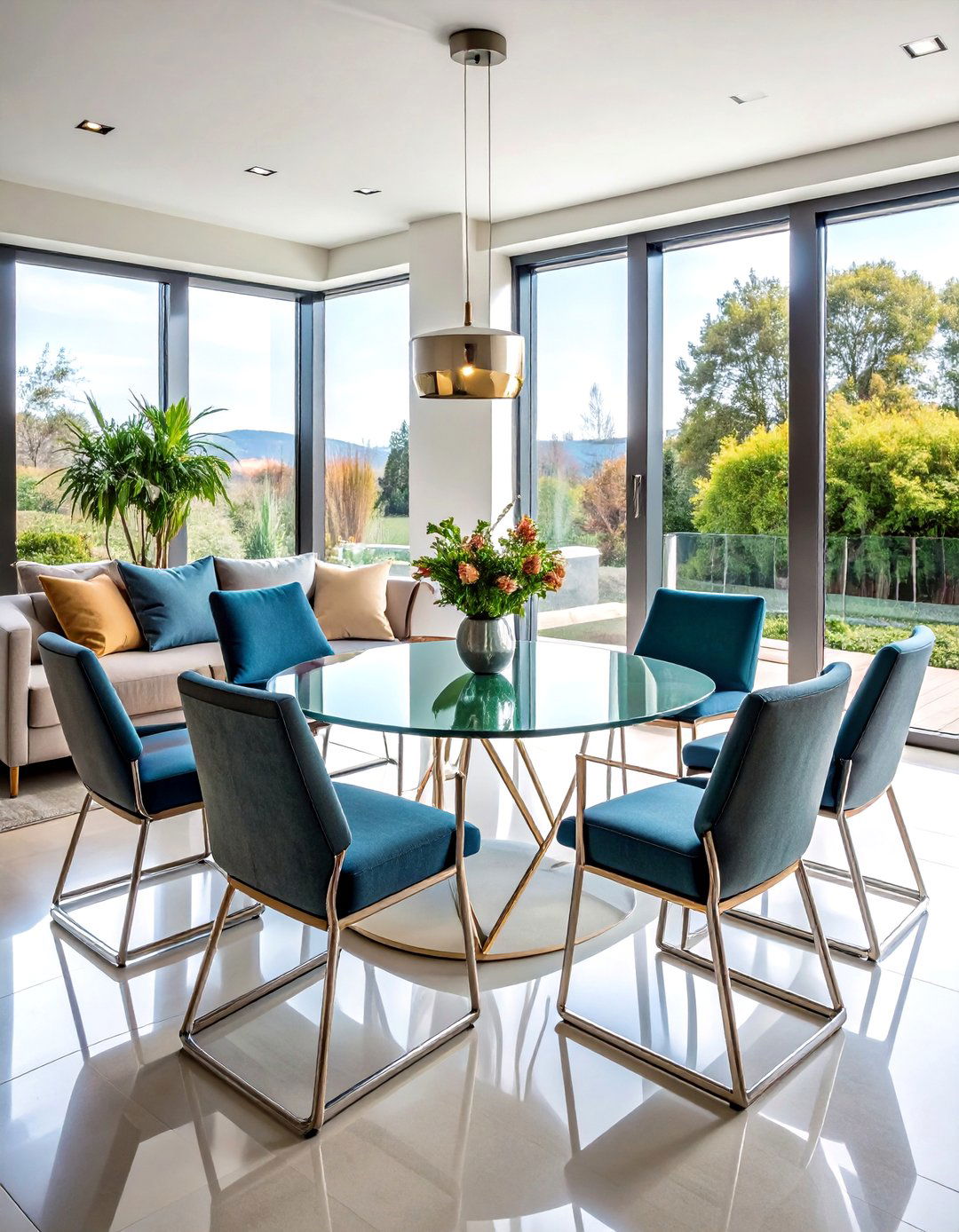
The Wassily Chair, designed by Marcel Breuer, is perhaps the most famous example of tubular steel used in Bauhaus furniture, with its clean, minimalist form created from bent steel tubes embodying the Bauhaus' ethos of function over form. Creating a Bauhaus seating arrangement involves selecting chairs with chrome-plated tubular steel frames and simple upholstery. Marcel Breuer designed tubular steel furniture after becoming fascinated by the frame of his bicycle. Position these lightweight, moveable pieces to encourage conversation while maintaining clean sight lines. Pair tubular steel chairs with glass or wood surfaces to emphasize the contrast between materials. The geometric framework creates visual interest while serving the practical purpose of comfortable, durable seating that can be easily rearranged for different occasions.
2. Bauhaus Primary Color Accent Wall Design

Incorporate Bauhaus style into your interior with color accents such as painting a door or a wall in a primary red, yellow, or blue. A single accent wall painted in bold primary color serves as a striking focal point while maintaining the Bauhaus principle of purposeful design. Bauhaus interior designers are known for experimenting with a vibrant color palette, applying these strategically to create focal points within a room. Choose red for energy in dining areas, blue for calm in bedrooms, or yellow for creativity in workspaces. The remaining walls should remain neutral in white, gray, or black to balance the composition. This approach demonstrates how minimal color application can maximum visual impact while respecting the movement's restrained aesthetic philosophy and creating architectural interest through strategic color placement.
3. Bauhaus Open Floor Plan Layout
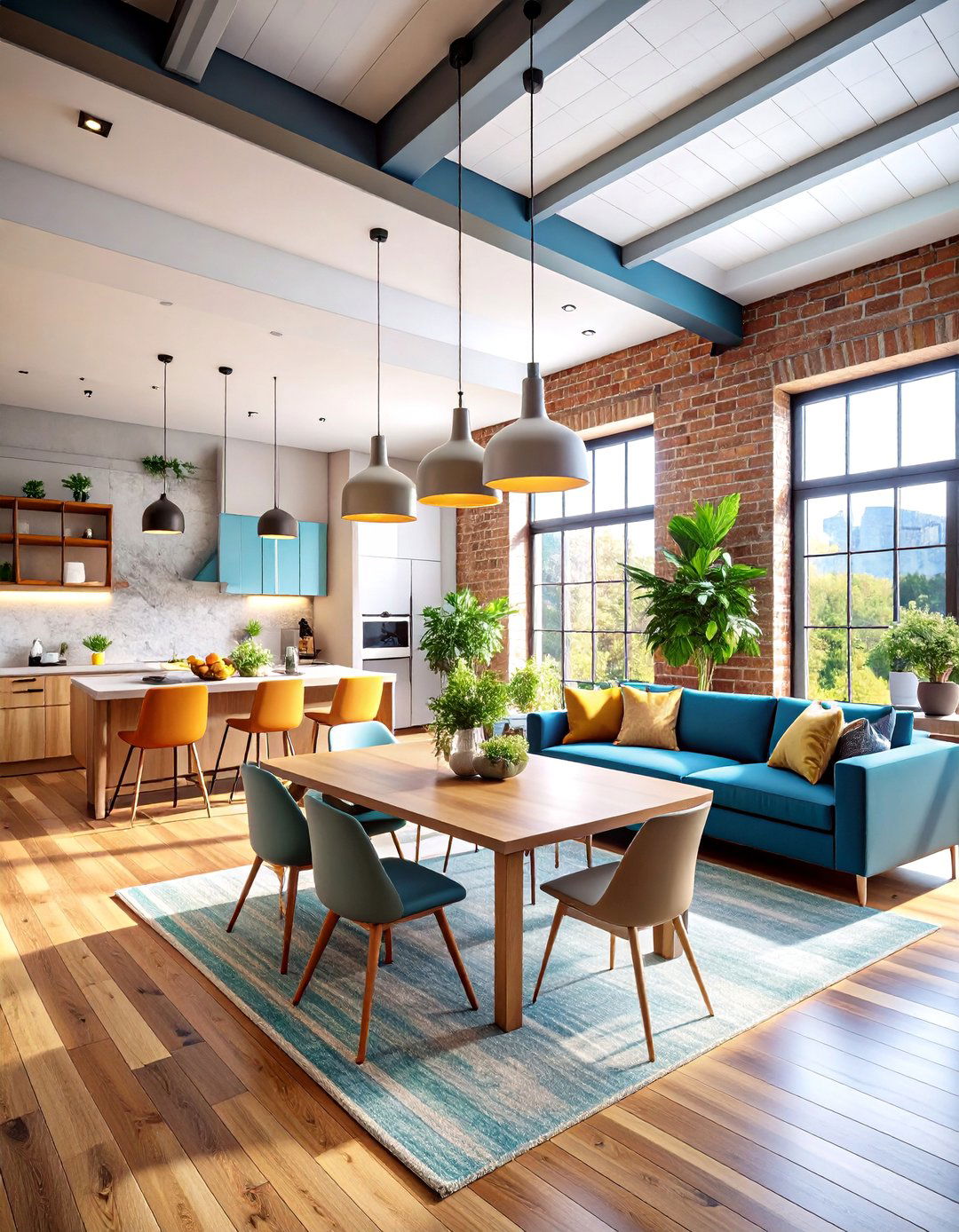
Bauhaus architecture often incorporates open floor plans, with flexible living spaces that flow seamlessly from one area to another, promoting a sense of openness and connectivity. Design your space by removing unnecessary barriers and creating fluid transitions between functional zones. An open floor plan is a fundamental trait of original Bauhaus interior design, promoting unity and functionality. Use furniture placement and changes in flooring materials to define different areas without walls. Position seating to encourage interaction while maintaining clear pathways. Large windows should remain unobstructed to maximize natural light flow throughout the space. This layout philosophy reflects the Bauhaus belief that architecture should enhance human relationships and daily activities rather than restrict them, creating environments that adapt to changing needs.
4. Bauhaus Industrial Lighting Solution

Bauhaus lighting designs were sleek and functional with industrial-style features such as pendants and task lamps made of metal, glass or other modern materials. Select fixtures that combine metal and glass with clean geometric forms, avoiding decorative embellishments. Bauhaus lighting style embodies the belief that function should dictate form, leading to designs that are both aesthetically pleasing and highly practical. Install pendant lights with exposed bulbs over dining areas and adjustable task lamps in reading corners. Use track lighting for flexible illumination that can be redirected as needed. The fixtures themselves become sculptural elements that reinforce the industrial aesthetic while providing excellent functionality. Focus on creating layered lighting that serves specific purposes rather than purely decorative ambient lighting, ensuring each fixture contributes to the room's overall efficiency.
5. Bauhaus Geometric Pattern Textiles

Geometric fabric design by Anni Albers represents the sensuality and openness to experimentation evident in Bauhaus textile artworks. Incorporate textiles featuring bold geometric patterns in primary colors against neutral backgrounds. Bauhaus interiors frequently feature geometric shapes such as squares, circles, and triangles, used both in furniture design and architectural elements. Choose rugs with angular patterns, throw pillows with circular motifs, and window treatments with linear designs. The patterns should remain simple and graphic rather than ornate or flowing. These textiles add visual texture while maintaining the movement's preference for mathematical precision and order. Sound-absorbing fabric were made by combining many different materials and could be used as curtains, a rug, a chair cover, or whatever you want, demonstrating the multifunctional approach characteristic of Bauhaus design philosophy.
6. Bauhaus Glass Corner Window Features
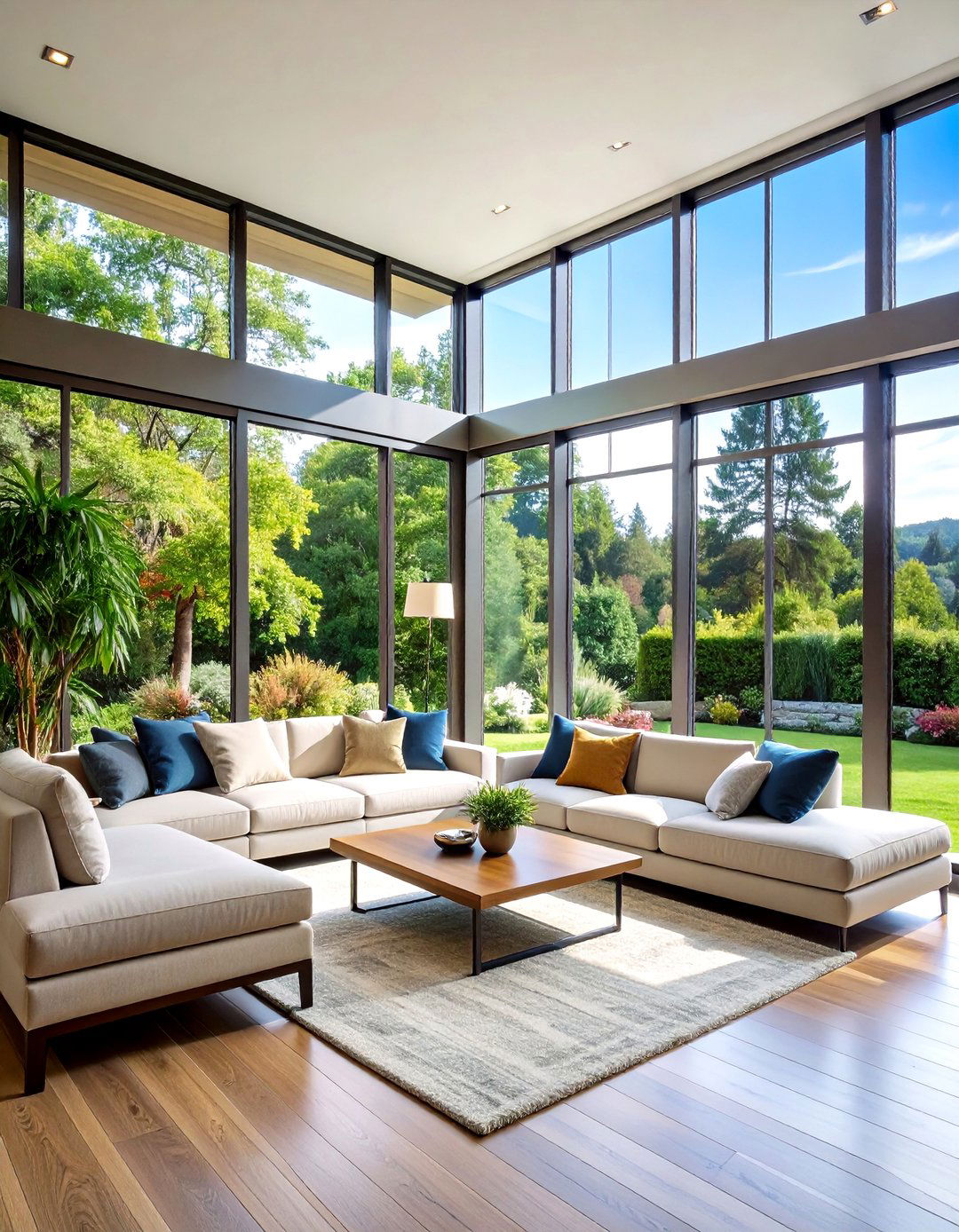
Glass corners were the Bauhaus' way of opening up space, allowing architects to rethink the very structure of buildings. Maximize corner windows by removing heavy treatments and allowing unobstructed views. Large, unadorned windows are a hallmark of this style, inviting ample natural light that makes spaces appear larger and open. The glass should meet at precise angles without visible structural supports, creating the illusion of floating walls. Position seating to take advantage of these light sources while maintaining the clean lines of the architecture. Maximize the use of windows, skylights, and glass doors to invite ample daylight into your home while keeping window treatments minimal. This approach blurs the boundary between interior and exterior spaces, reflecting the Bauhaus goal of creating environments that connect inhabitants with their surroundings through technological innovation and thoughtful design.
7. Bauhaus Minimalist Kitchen Design

Design a Bauhaus kitchen and dining room with sleek cabinetry, industrial materials, and functional dining furniture using a monochromatic color scheme, handleless cabinets, and stainless steel appliances. Create clean lines through integrated appliances and minimal hardware on cabinet faces. Bauhaus finishes are glossy, clean, and polished with glossy marble or granite counters and floors or glazed surfaces offering a sleek modern look. Choose flat-panel cabinet doors in white or gray with concealed hinges for seamless surfaces. Install under-cabinet lighting to eliminate shadows on work surfaces. The kitchen island should feature clean geometric forms with waterfall edges. Storage solutions must prioritize accessibility and organization while maintaining visual simplicity. Every element serves multiple purposes - beautiful form supporting efficient function in food preparation, storage, and social gathering within the home's central workspace.
8. Bauhaus Floating Furniture Concepts
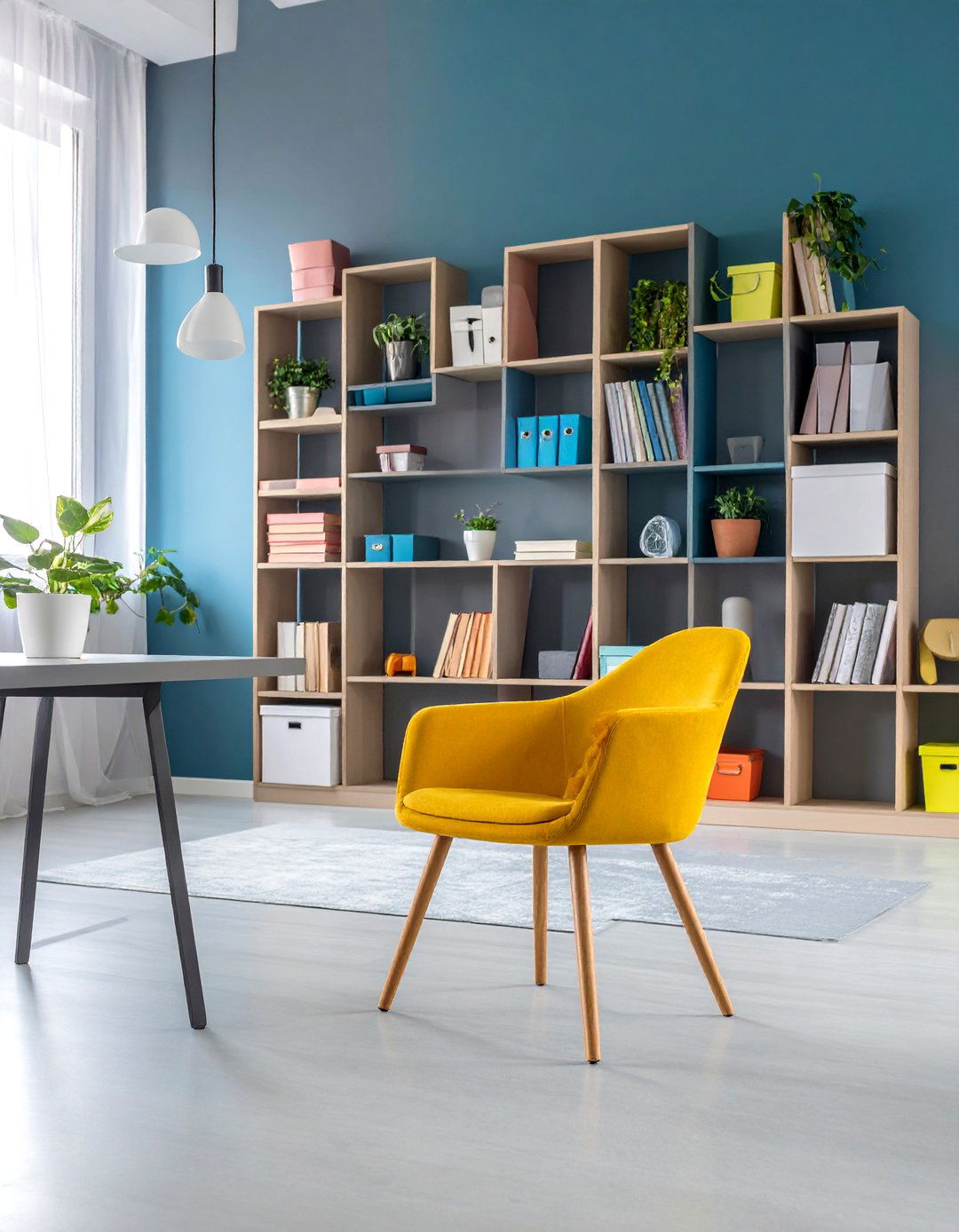
The B33 version of the tube steel chair surprisingly has no back legs, taking advantage of the strength of the steel with the seat cantilevered off its front legs. Implement cantilever and floating furniture pieces that appear to defy gravity through engineering excellence. Wall-mounted desks, floating nightstands, and suspended storage create visual lightness while maximizing floor space. Bauhaus-style furniture is light and functional, using period-inspired pieces made of glossy metals, glass, wood, plastics, and leather. The floating effect emphasizes the Bauhaus fascination with new structural possibilities enabled by modern materials. These pieces demonstrate how function can be enhanced through innovative design rather than traditional support methods. The visual impact creates a sense of spaciousness while proving that practical furniture need not appear heavy or cumbersome in well-designed interiors.
9. Bauhaus Metal and Leather Combination
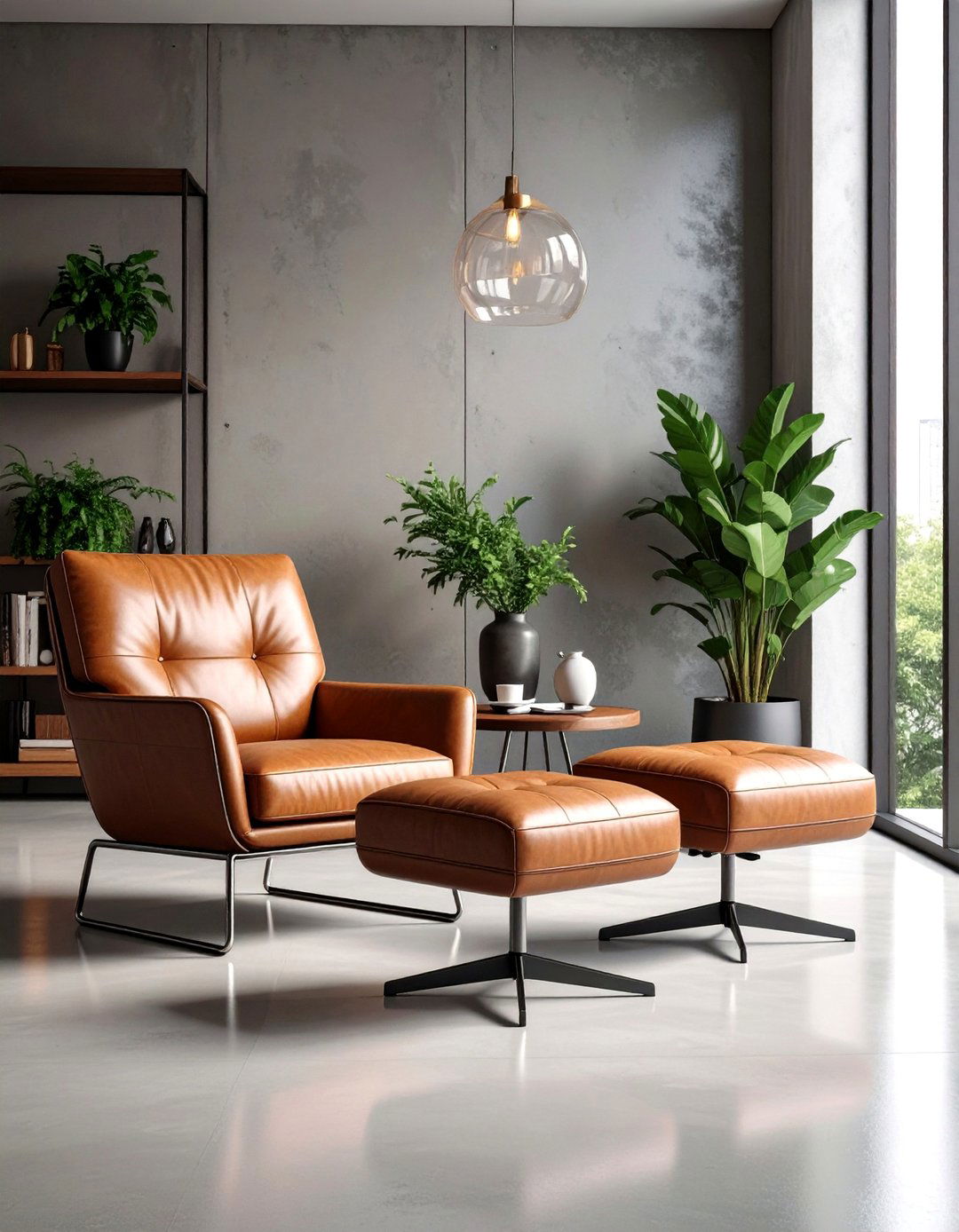
Industrial materials such as steel, concrete, and glass mixed with luxe materials such as leather demonstrate clean lines, rectilinear forms, and emphasis on function without frills. Combine polished chrome or stainless steel frameworks with high-quality leather upholstery in black, brown, or cognac tones. The Barcelona Chair by Ludwig Mies van der Rohe represents a sleek combination of leather and steel, epitomising modern luxury. This pairing creates sophisticated contrast between hard and soft, industrial and organic, cool and warm materials. The leather should be genuine and simply treated, allowing natural characteristics to show. Metal elements require precise craftsmanship with seamless joints and mirror-like finishes. This combination exemplifies the Bauhaus goal of elevating industrial materials through expert craftsmanship, creating furniture that serves daily needs while achieving artistic excellence through material honesty and structural clarity.
10. Bauhaus Abstract Art Display
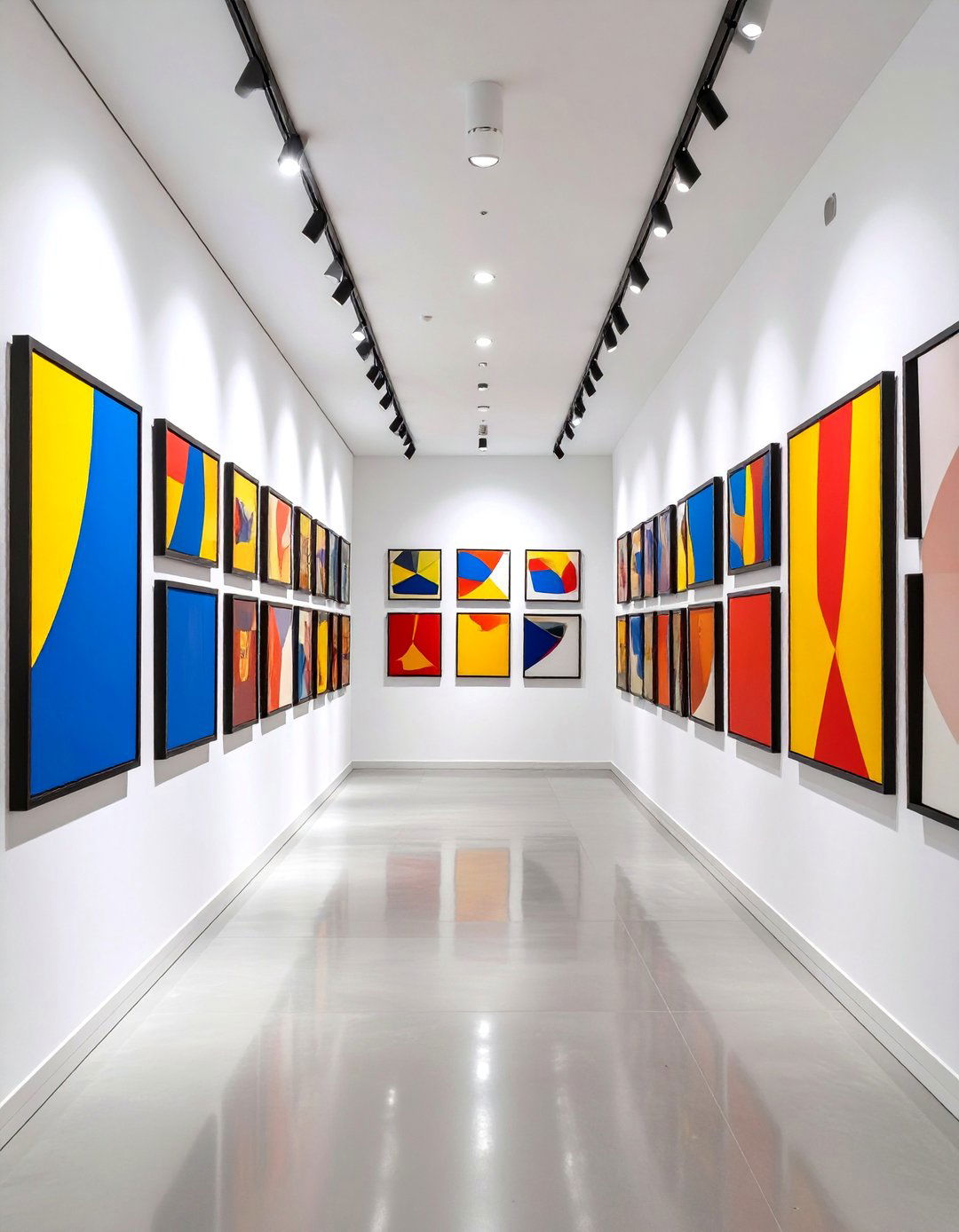
Curate your accessories seamlessly to create the ultimate modern Bauhaus interior design by opting for abstract or minimalist art that emphasizes simplicity and visual balance. Select artwork featuring geometric compositions, primary colors, and mathematical relationships rather than representational imagery. Yellow, red, and blue were Bauhaus favorites, with inspiration drawn from famous Wassily Kandinsky paintings. Arrange pieces in grid-like formations or linear sequences that echo architectural elements. Framed vintage or reproduction Bauhaus posters are a popular way to showcase the enduringly appealing geometric graphics that defined the era. The display method should be as considered as the art itself, using simple frames in black or silver without ornate details. Each piece contributes to the room's overall composition while celebrating the movement's integration of fine art with daily living environments.
11. Bauhaus Concrete and Steel Bathroom

Design a Bauhaus bathroom with sleek fixtures, industrial materials, and a minimalist aesthetic using a monochromatic color scheme, a floating vanity, and a glass shower partition. Install concrete sinks with integrated countertops and steel fixtures in brushed or polished finishes. Bauhaus design favors materials such as glass, metal, and concrete, which can be used to create a modern and industrial feel. The shower area should feature frameless glass panels and minimal grout lines on large-format tiles. Lighting should be recessed or linear LED strips that emphasize clean architectural lines. Storage must be built-in and concealed to maintain uncluttered surfaces. This approach celebrates the beauty of raw materials while providing a spa-like environment that prioritizes both hygiene and aesthetic pleasure through honest material expression and efficient spatial organization.
12. Bauhaus Modular Storage Systems
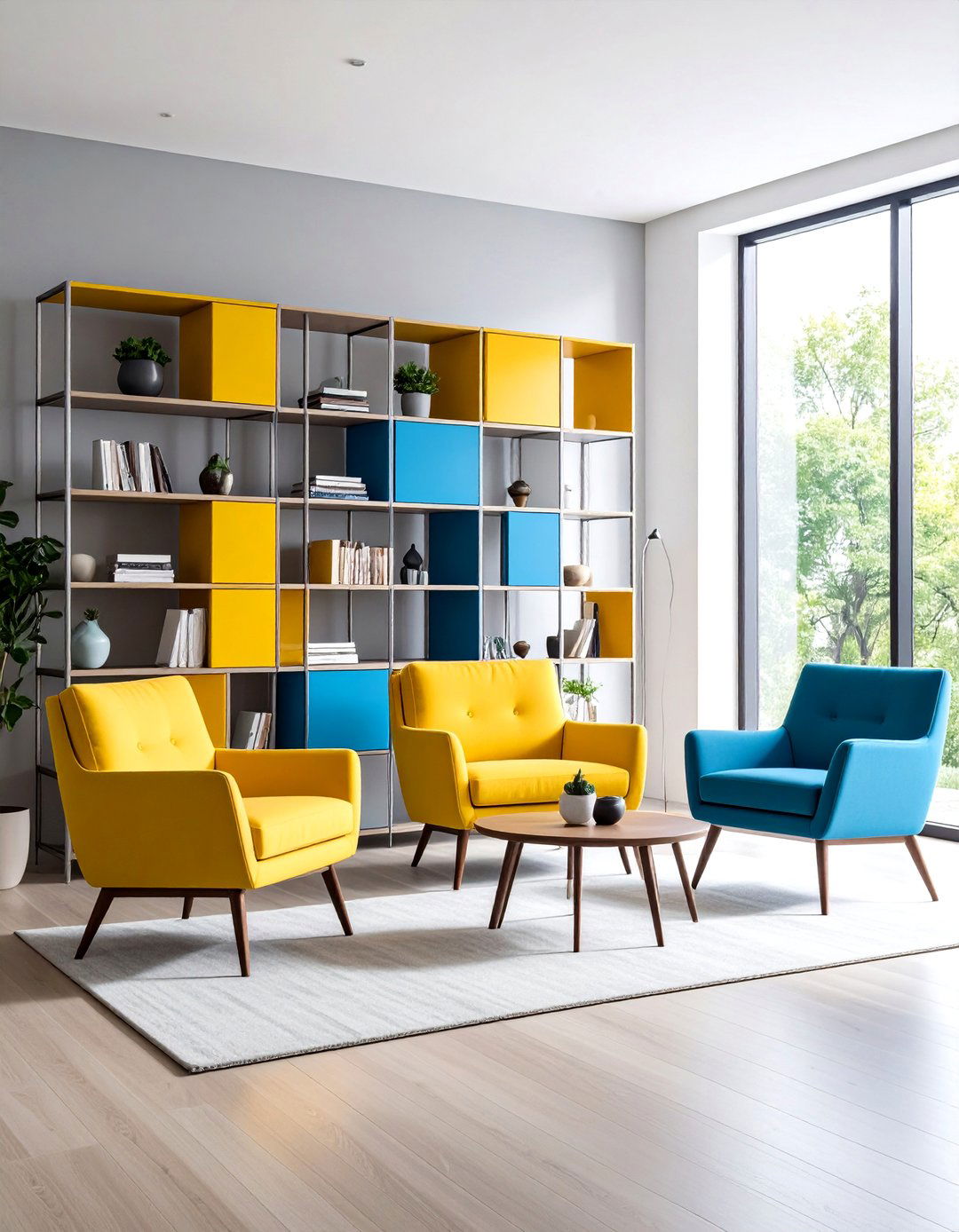
The precision-crafted, industrial USM Haller system features chromed tubular steel frames with powder-coated steel doors and panels in 7 colors. Design storage using modular components that can be reconfigured as needs change. The Bauhaus really revolutionised design, making it more democratic and accessible to all through designs that were simple and could be repeated using mass production. Components should connect without visible hardware, creating seamless compositions that can expand vertically or horizontally. Choose neutral colors for the majority of panels with selective use of primary colors for accent pieces. The system must accommodate books, objects, and concealed storage equally well. This flexibility reflects the Bauhaus principle that good design should adapt to users' changing requirements rather than imposing fixed limitations, demonstrating how intelligent engineering can serve evolving domestic needs through systematic, rational planning.
13. Bauhaus Cantilever Chair Dining Area
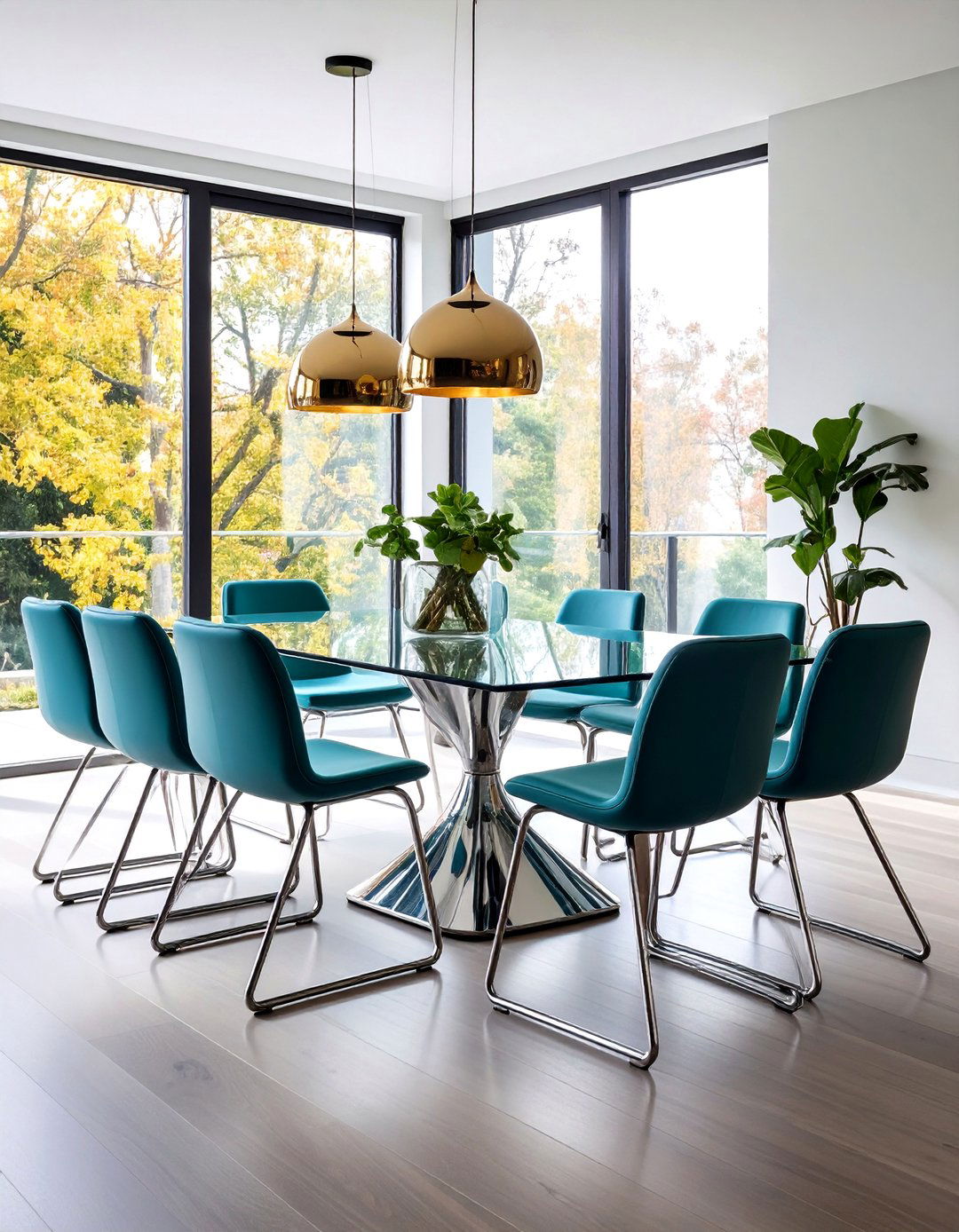
There was some dispute about who was responsible for the first cantilevered tubular steel chair, but Breuer's B33 version surprisingly has no back legs. Create a dining area featuring cantilever chairs that demonstrate structural innovation while providing comfortable seating. The Thonet S33 is a classic Bauhaus tubular steel furniture from the pen of Mart Stam. The table should feature a glass top with metal base or solid wood surface with steel legs to complement the chairs' material palette. Arrange seating to accommodate conversation while maintaining visual lightness through the chairs' suspended appearance. The cantilever principle showcases how engineering advances can enhance both aesthetics and function simultaneously. This dining configuration celebrates the Bauhaus belief that everyday objects should incorporate the latest technological possibilities while serving fundamental human needs for nourishment and social interaction in domestic settings.
14. Bauhaus Neutral Color Palette Bedroom
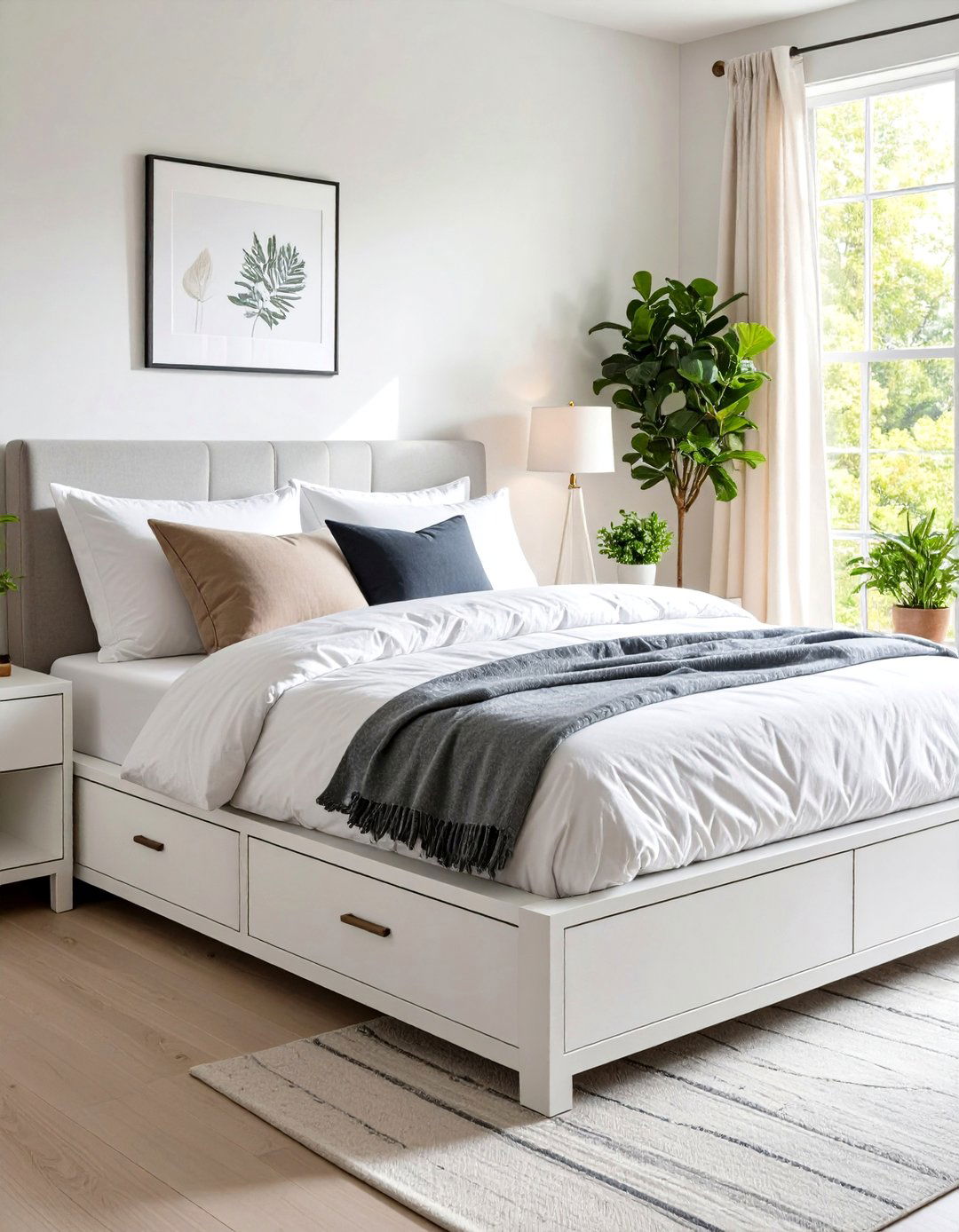
For a Bauhaus-inspired bedroom, focus on minimalist color palettes, simple bedding, and functional storage solutions with a platform bed featuring clean lines and built-in storage. Build the color scheme around white, gray, and black with carefully chosen accent colors. The most common colors include white, black, gray and beige with materials used being wood, metal or glass. The bed should be low-profile with integrated nightstands and storage drawers. Window treatments must be minimal or absent to maximize natural light. Artwork should be geometric and understated. Add visual interest with geometric patterns and primary colors through graphic print duvet covers or red accent pillows. This approach creates a tranquil environment that promotes rest while demonstrating how restraint in color choice can enhance rather than diminish visual interest through careful attention to proportion, texture, and form.
15. Bauhaus Glass and Chrome Surfaces
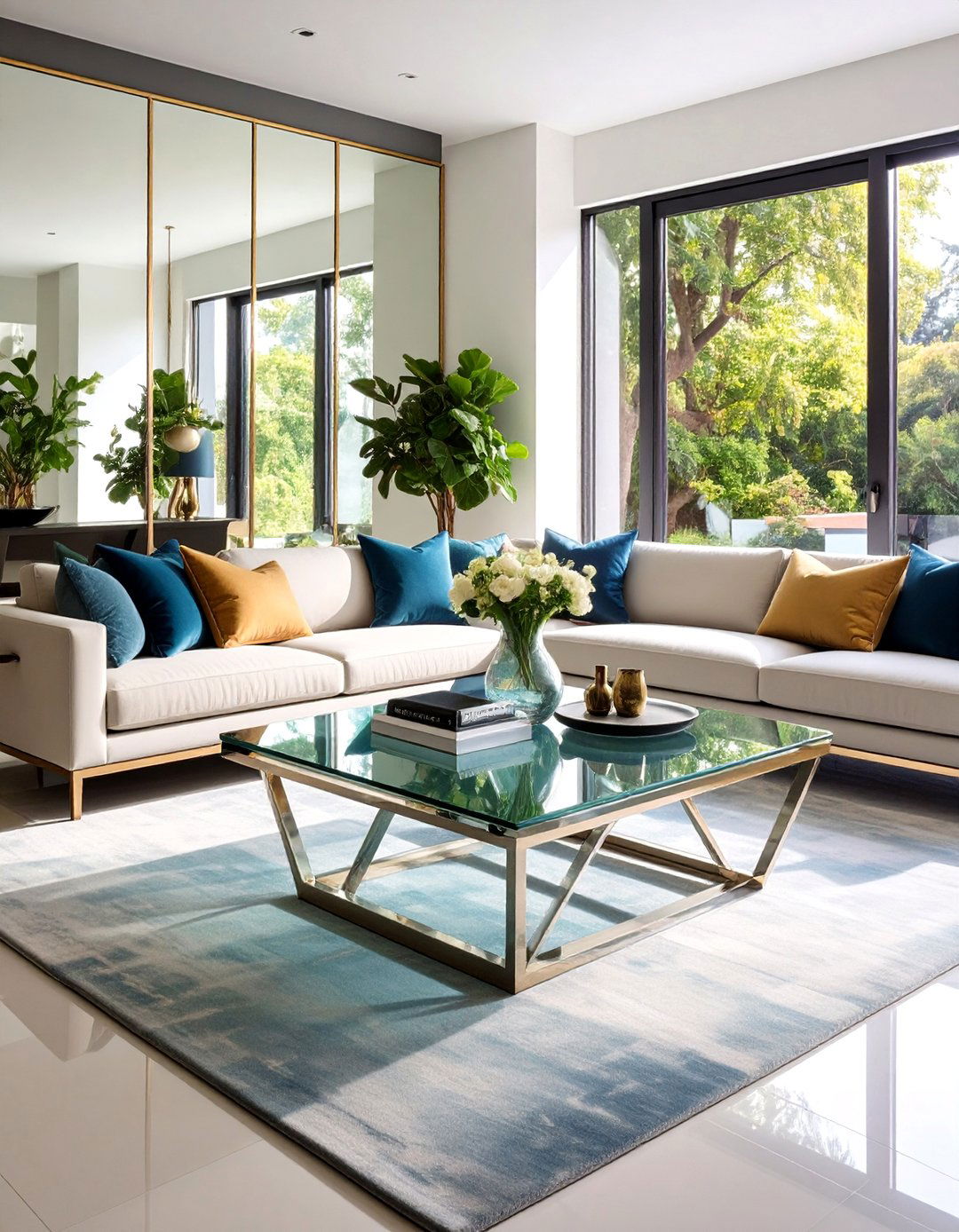
Characterized by geometric shapes, neutral colors, and industrial materials like steel and glass, Bauhaus style interiors emphasize practicality and aesthetic harmony. Incorporate furniture and architectural elements that celebrate the reflective qualities of glass and polished metal. Bauhaus designs used what were in the early 20th-century modern materials such as glass, steel, cellophane, and plywood. Tables with glass tops and chrome bases create visual lightness while serving practical functions. Mirror elements should be geometric rather than decorative, positioned to enhance natural light distribution. Chrome fixtures and hardware require consistent finish quality throughout the space. These materials exemplify the Bauhaus commitment to honesty in construction - their appearance directly reveals their structural properties. The reflective surfaces multiply light and space while requiring minimal maintenance, demonstrating how beautiful design can emerge from purely practical material choices and expert craftsmanship.
16. Bauhaus Built-in Furniture Solutions
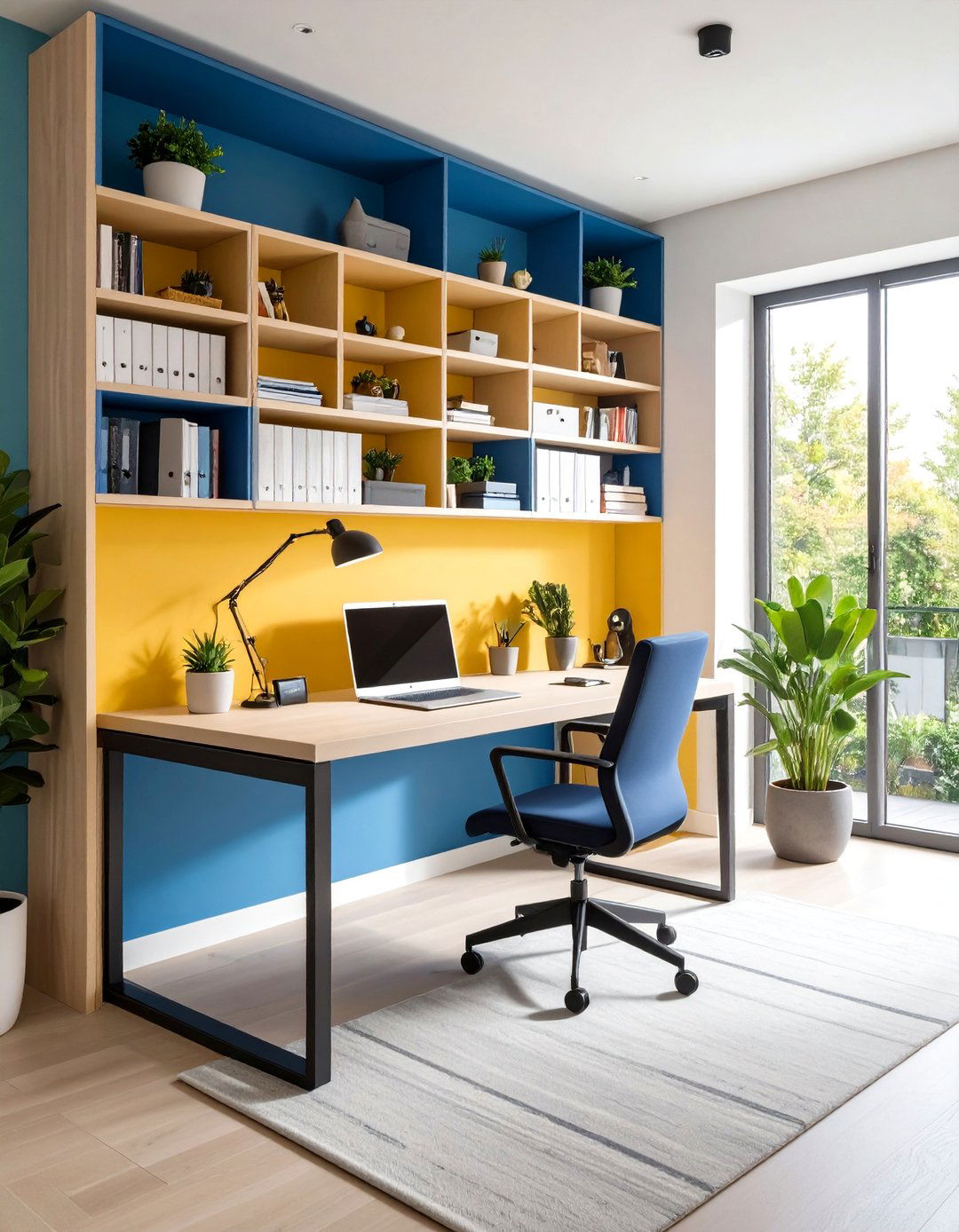
Meanwhile, its exterior hosts a bespoke shelving system for the display of the client's books and art, and tucked into the container's fourth side is a neat office desk. Design integrated furniture that becomes part of the architecture rather than separate objects placed within space. To seamlessly integrate the Bauhaus style into your home, select furniture that exemplifies simplicity with elegance and serves multiple functions to enhance living convenience. Built-in seating with storage, wall-mounted desks, and integrated shelving maximize efficiency while maintaining clean lines. Components should appear to emerge from the walls and floors naturally. The finish materials must match or complement surrounding surfaces for visual continuity. This approach reduces visual clutter while increasing functional capacity, reflecting the Bauhaus goal of creating environments where every element contributes to overall harmony and utility rather than competing for attention through individual expression.
17. Bauhaus Industrial Material Mixing
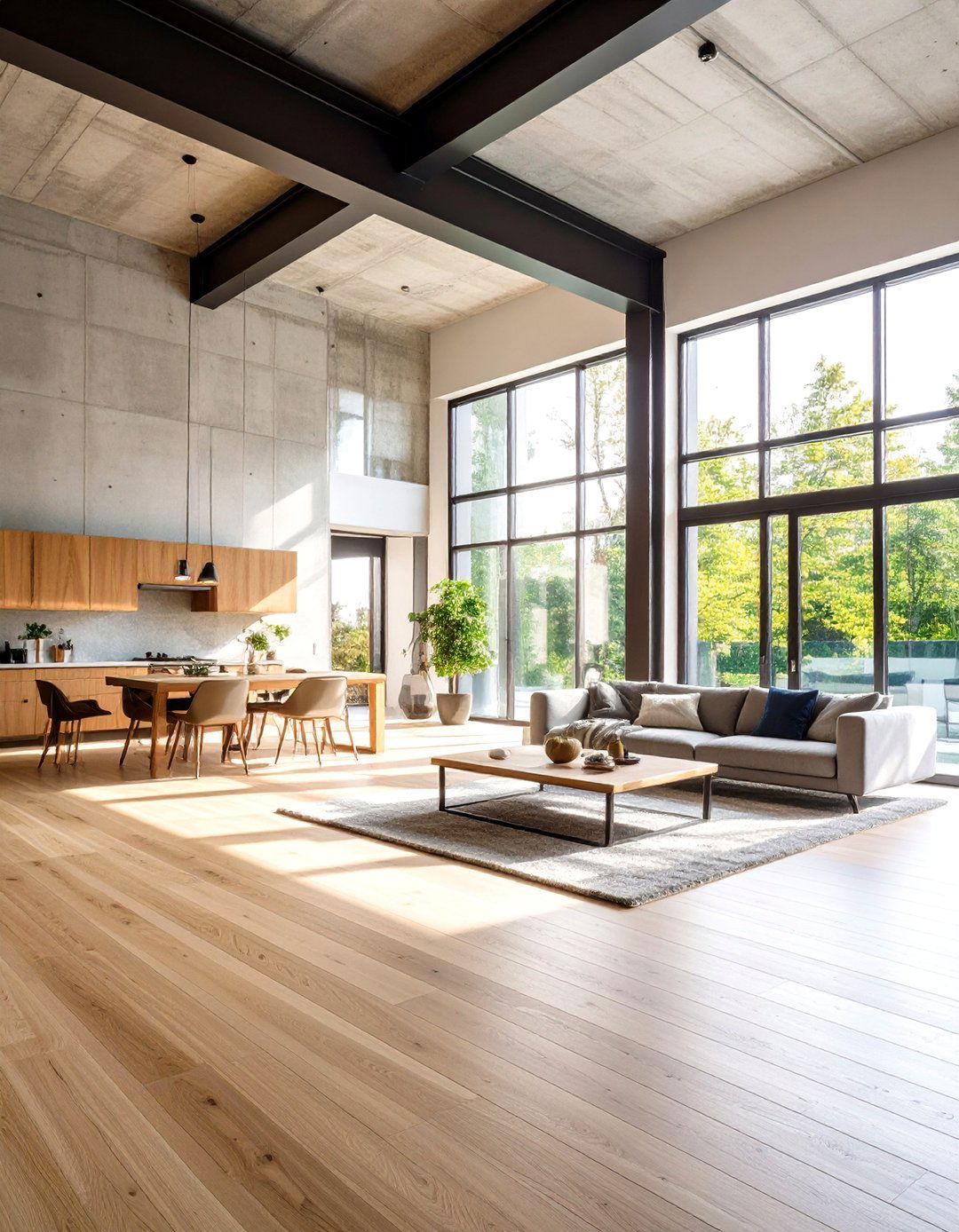
Create visual depth and appeal in your Bauhaus design through juxtaposing materials. Combine concrete, steel, glass, and wood in ways that highlight each material's unique properties while creating cohesive compositions. Bauhaus artists favoured linear and geometrical forms, avoiding floral or curvilinear shapes while embracing new possibilities of modern technologies. Concrete should remain unfinished to show its poured texture, steel should be precisely fabricated and polished, glass should be clear and unadorned, and wood should display natural grain patterns. The proportions must be carefully balanced to avoid visual chaos while celebrating material diversity. This mixing demonstrates the Bauhaus principle of "truth to materials" - each substance is used according to its inherent characteristics rather than disguised or decorated, creating honest expressions of structural and aesthetic possibilities available through modern manufacturing techniques.
18. Bauhaus Geometric Room Dividers
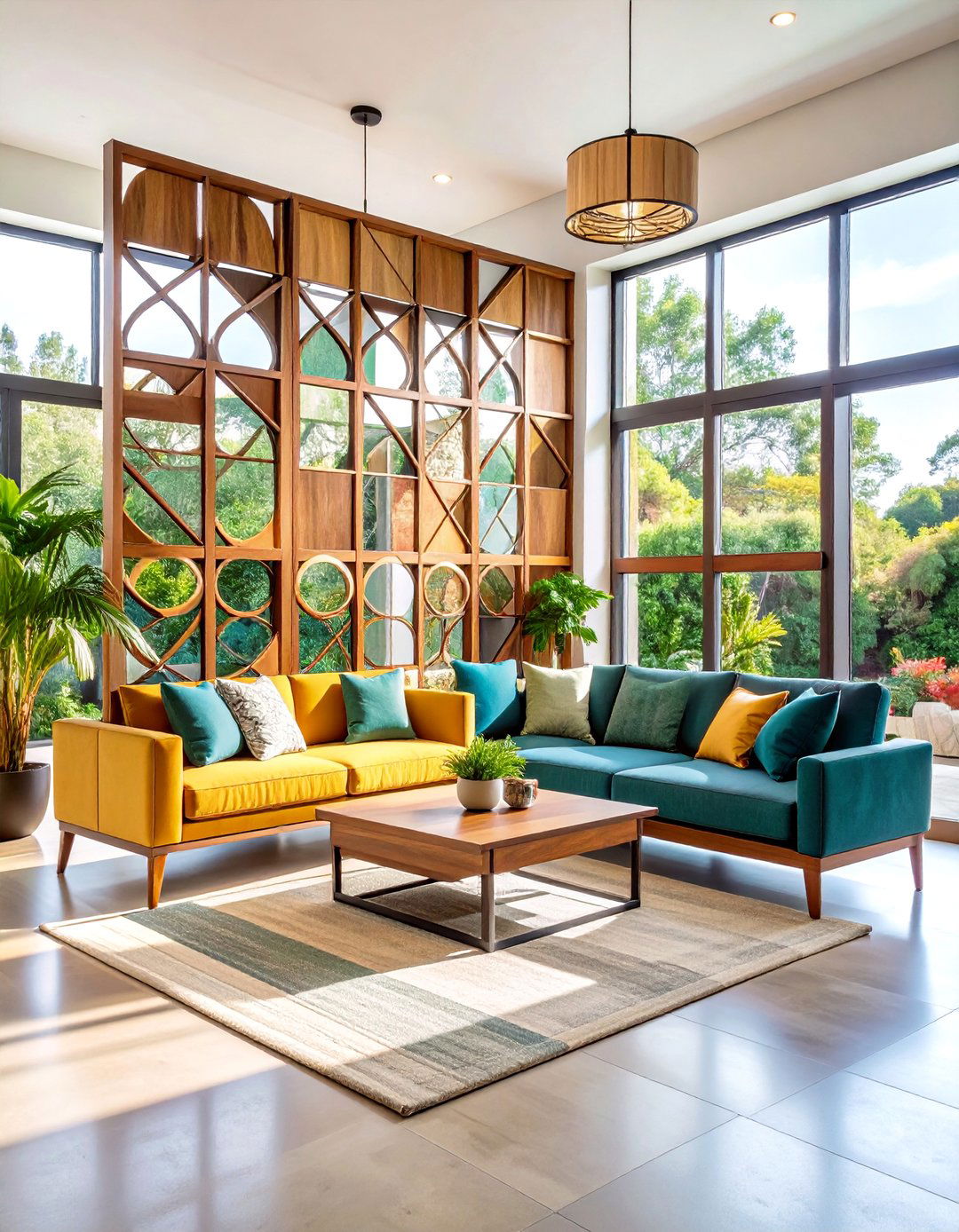
A room divider comprised of dark wood and rods compliments the existing walnut doors and oak floors and cabinets. Create spatial separation using geometric screens and dividers that maintain visual connection while defining functional zones. Geometric shapes play a pivotal role in crafting an authentic Bauhaus interior style by integrating squares, triangles, or circles to bring structure and visual intrigue. The dividers should use repetitive elements like vertical slats, circular openings, or angular frames that create patterns while filtering light and views. Materials must complement the surrounding architecture while introducing textural variety. These elements should be easily moveable or adjustable to accommodate changing spatial needs. This solution reflects the Bauhaus understanding that modern living requires flexibility and adaptability, allowing inhabitants to reconfigure their environments according to daily activities while maintaining architectural coherence and visual sophistication throughout the space.
19. Bauhaus Task-Oriented Workspace Design
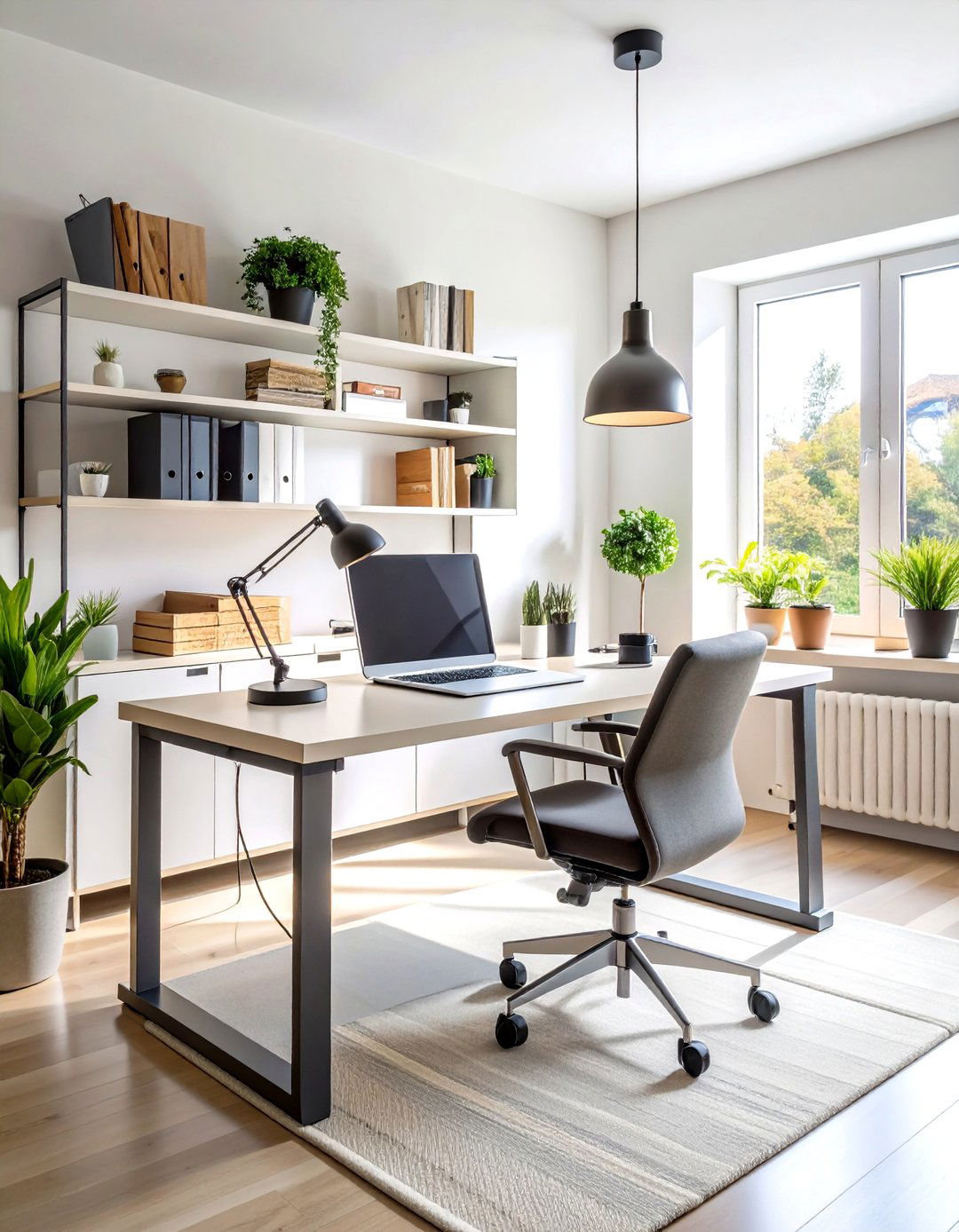
The aim was for lighting to blend seamlessly into its setting, emphasising the unity between lighting design and the architectural environment, while being universal and adaptable. Design work areas that prioritize specific activities through targeted lighting, ergonomic furniture, and organized storage. Finally, lighting is an important aspect of Bauhaus interior design with homes being well-lit with a variety of light sources, including natural light, overhead lighting, and task lighting. Desks should feature clean lines with integrated power management and adjustable task lighting. Storage must be accessible and efficiently organized for tools and materials. Seating should support long work sessions while maintaining the aesthetic principles of the style. The workspace layout must accommodate both individual focus and collaborative activities. This approach demonstrates how Bauhaus principles can enhance productivity and creativity through thoughtful attention to human ergonomics and work processes within beautiful, functional environments.
20. Bauhaus Functional Decorative Objects

Bauhaus home decor focuses on simplicity and functionality with geometric patterns and abstract designs being prevalent, using primary colors and bold contrasts. Select accessories that serve practical purposes while contributing to the overall aesthetic composition. Bauhaus architects were interested in creating functional, inexpensive designs that were cheap and cheerful. Choose items like geometric vases that can hold flowers, sculptural bowls for fruit, and clock designs with mathematical precision. Integration of Art and Design means everyday objects are elevated through artistic principles. Each object should demonstrate excellent craftsmanship in materials like ceramic, metal, or glass while avoiding unnecessary ornamentation. The arrangement must be purposeful rather than merely decorative, with each piece contributing to daily life while exemplifying the movement's belief that beautiful design should be accessible and integrated into routine activities rather than reserved for special occasions.
Conclusion:
Bauhaus interior design remains timelessly relevant because it addresses fundamental human needs for beauty, function, and efficiency in living spaces. The Bauhaus is not just a trend, it's a way of thinking about design, the way we live and how we use our spaces. By implementing these twenty design ideas, you can create environments that celebrate honest materials, geometric harmony, and purposeful planning while adapting to contemporary lifestyles. The movement's core principles of form following function, integration of art and technology, and democratic accessibility continue to inspire designers worldwide, proving that thoughtful, rational design approaches can enhance daily life through beautiful, practical solutions.


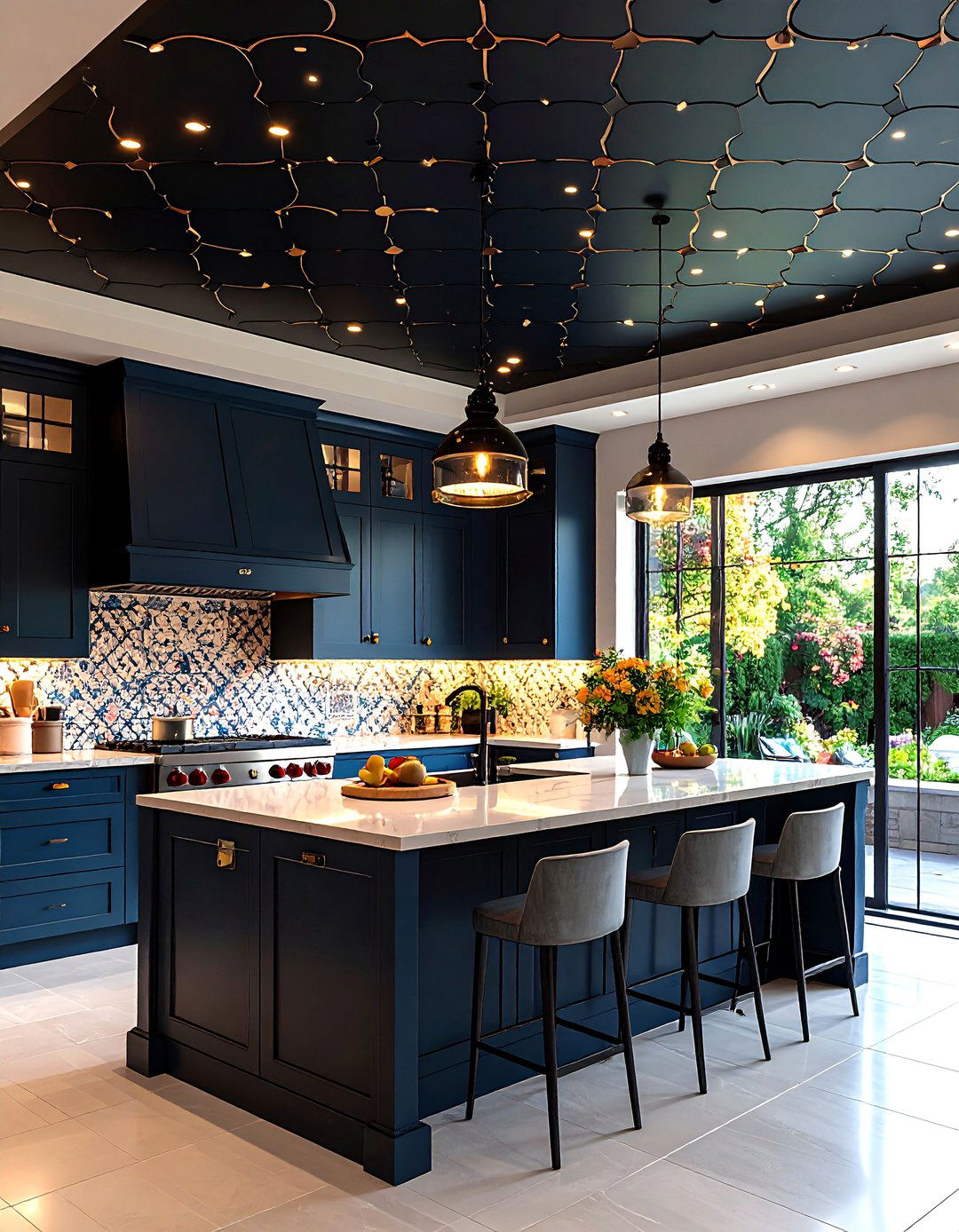
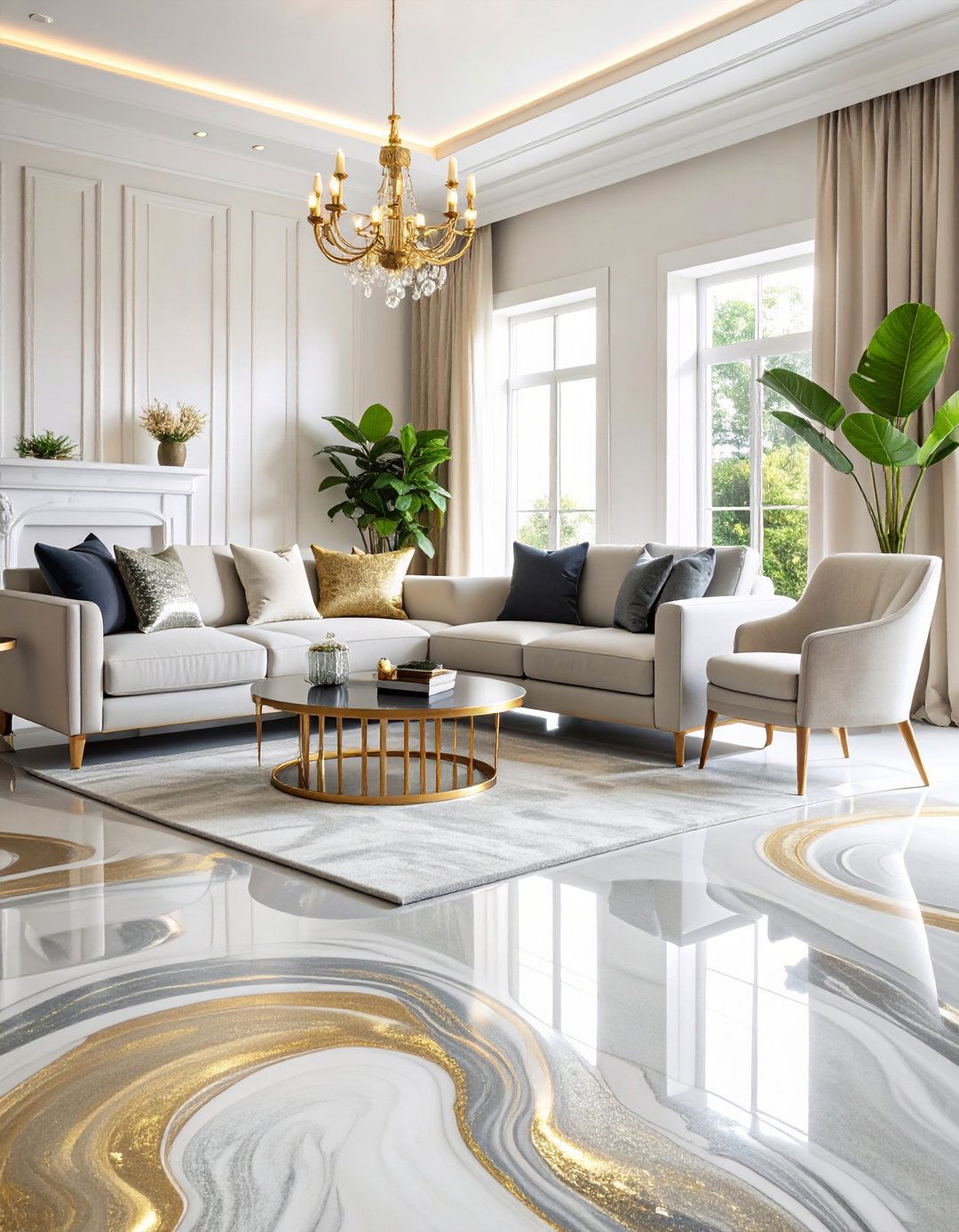
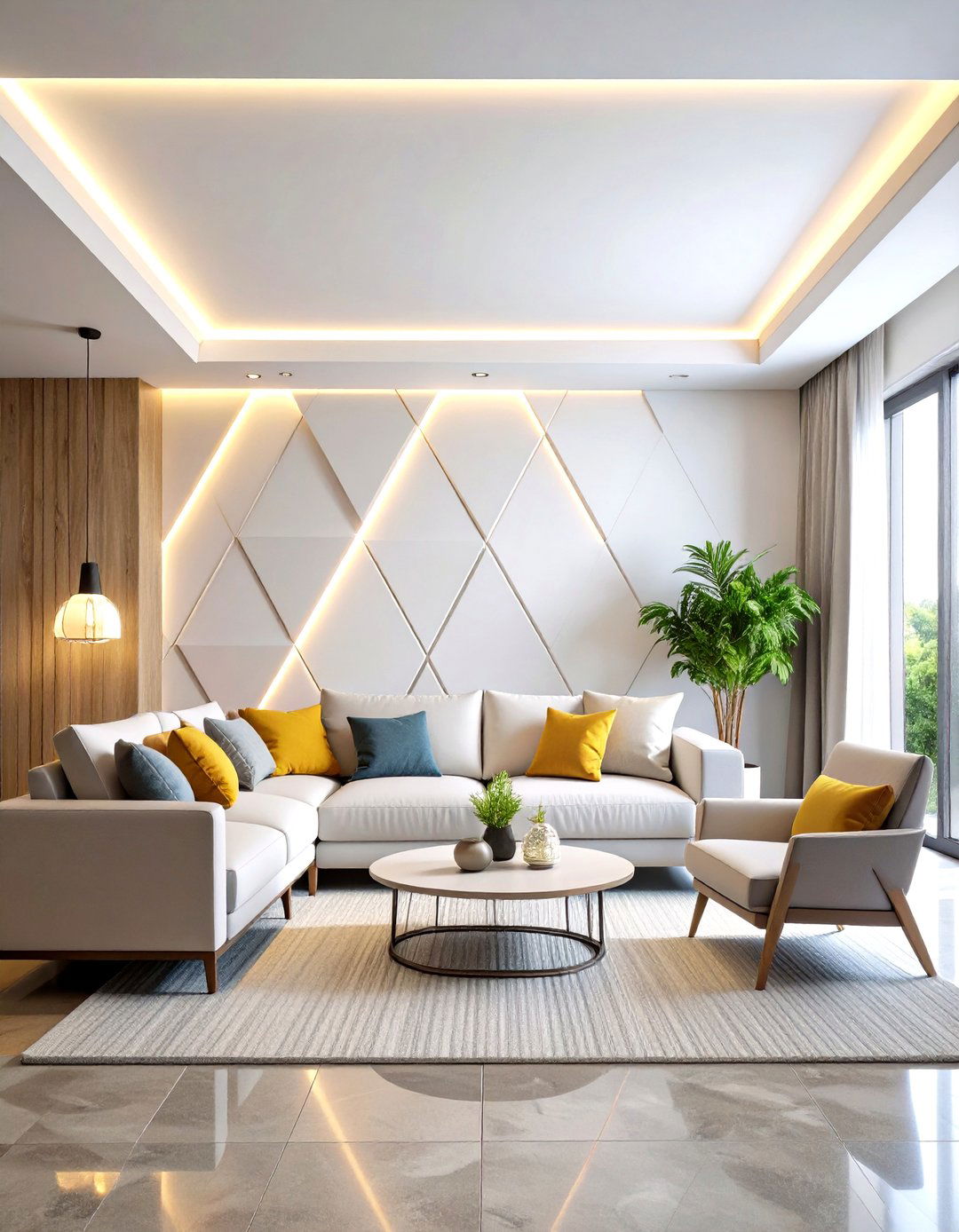


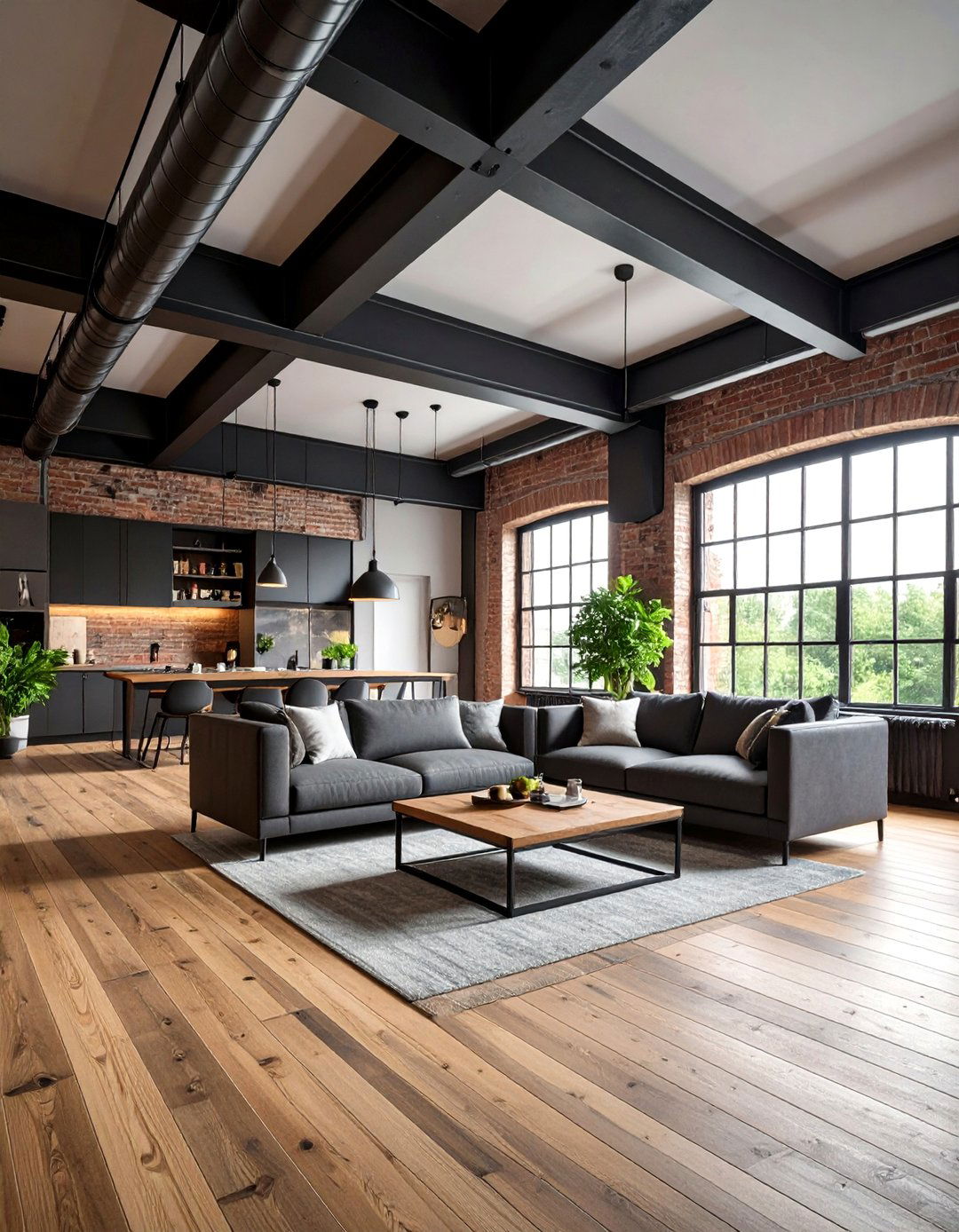
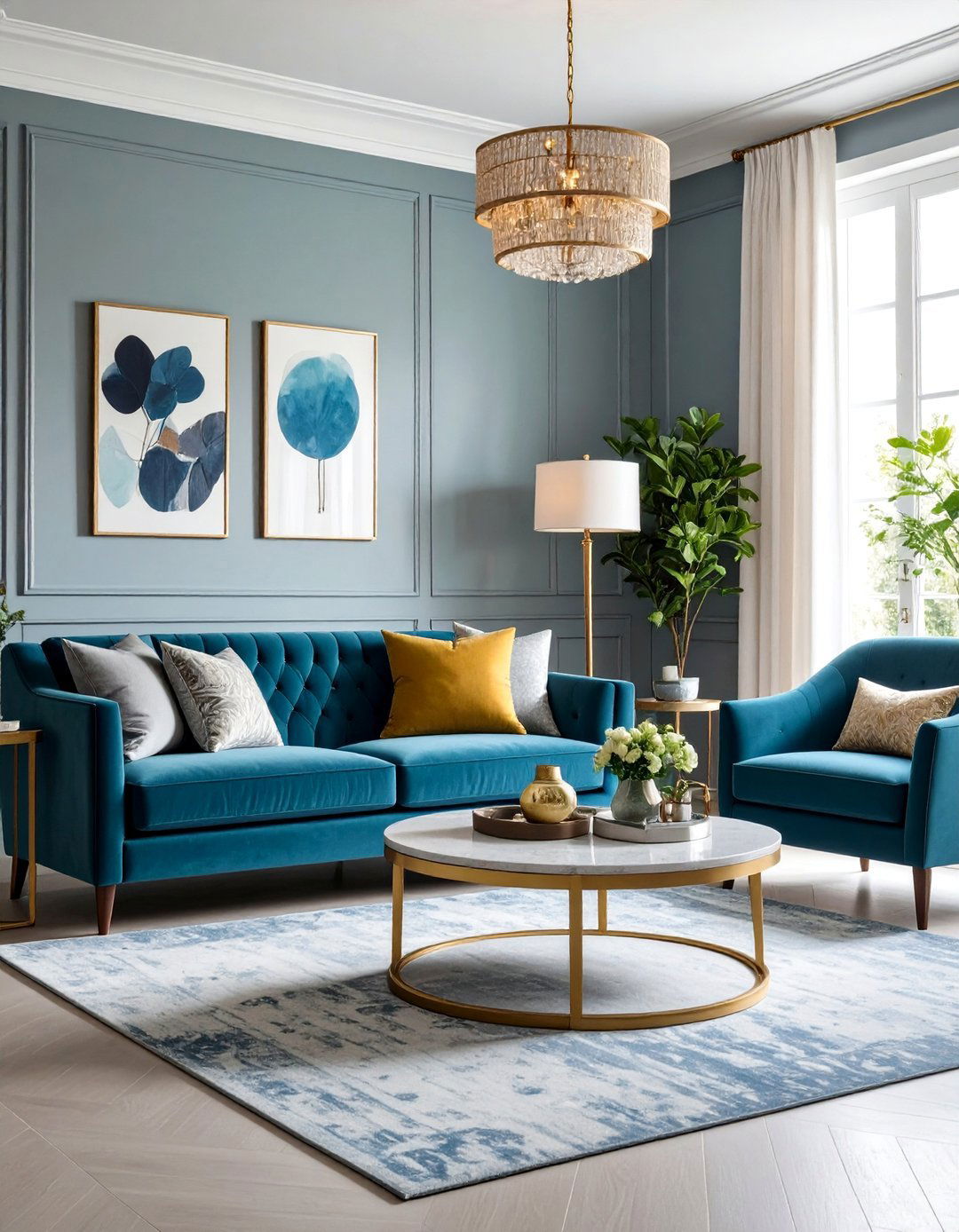
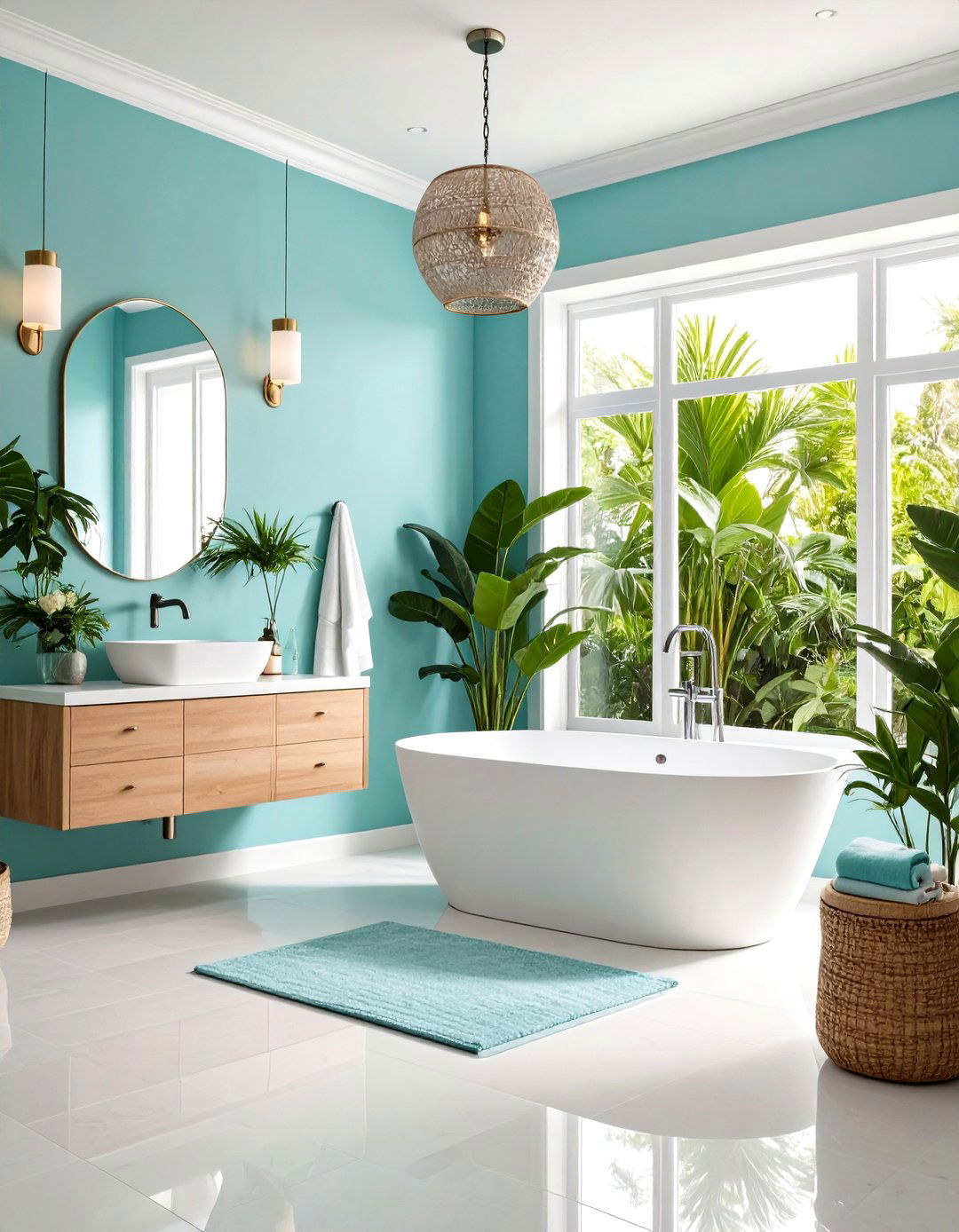
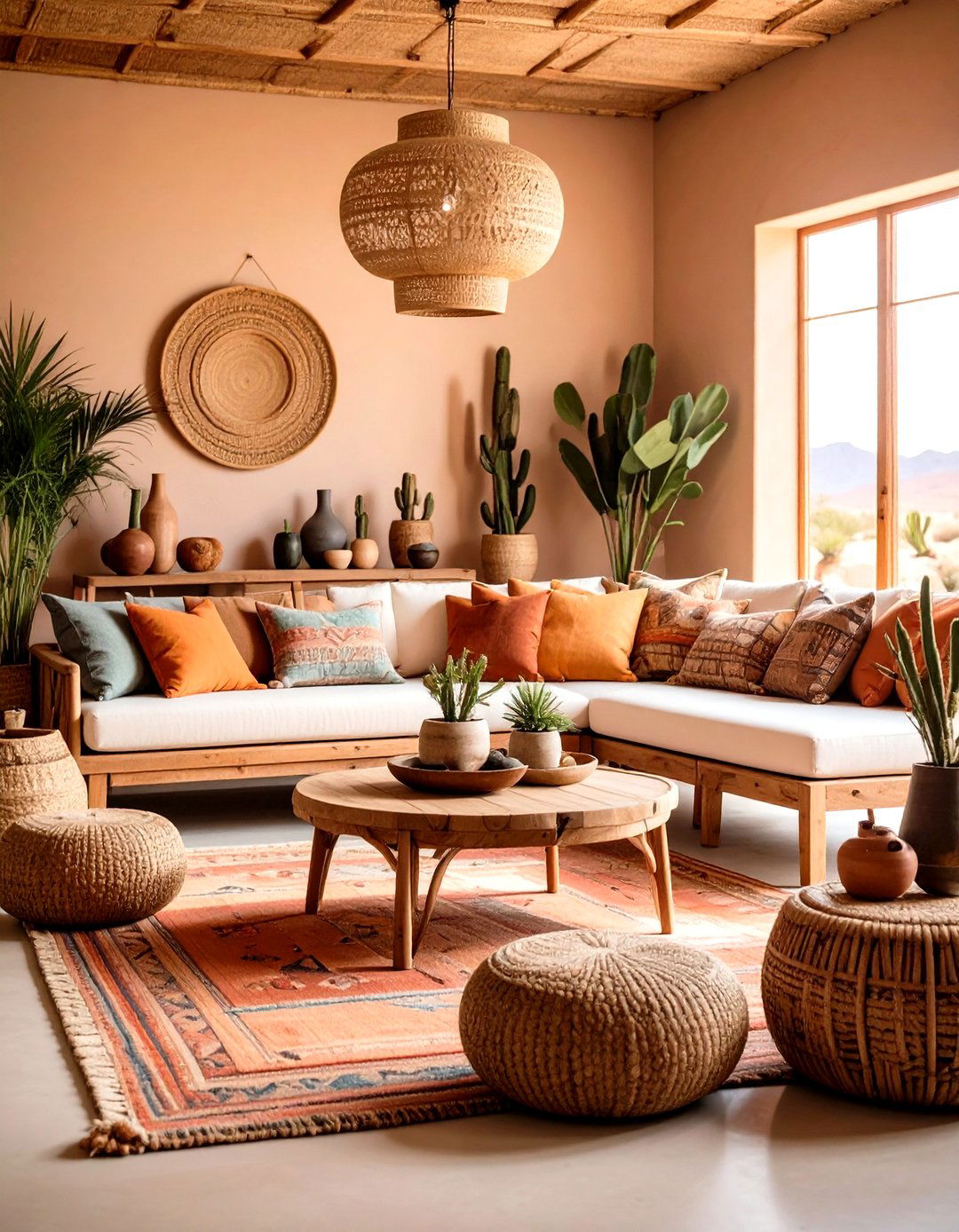
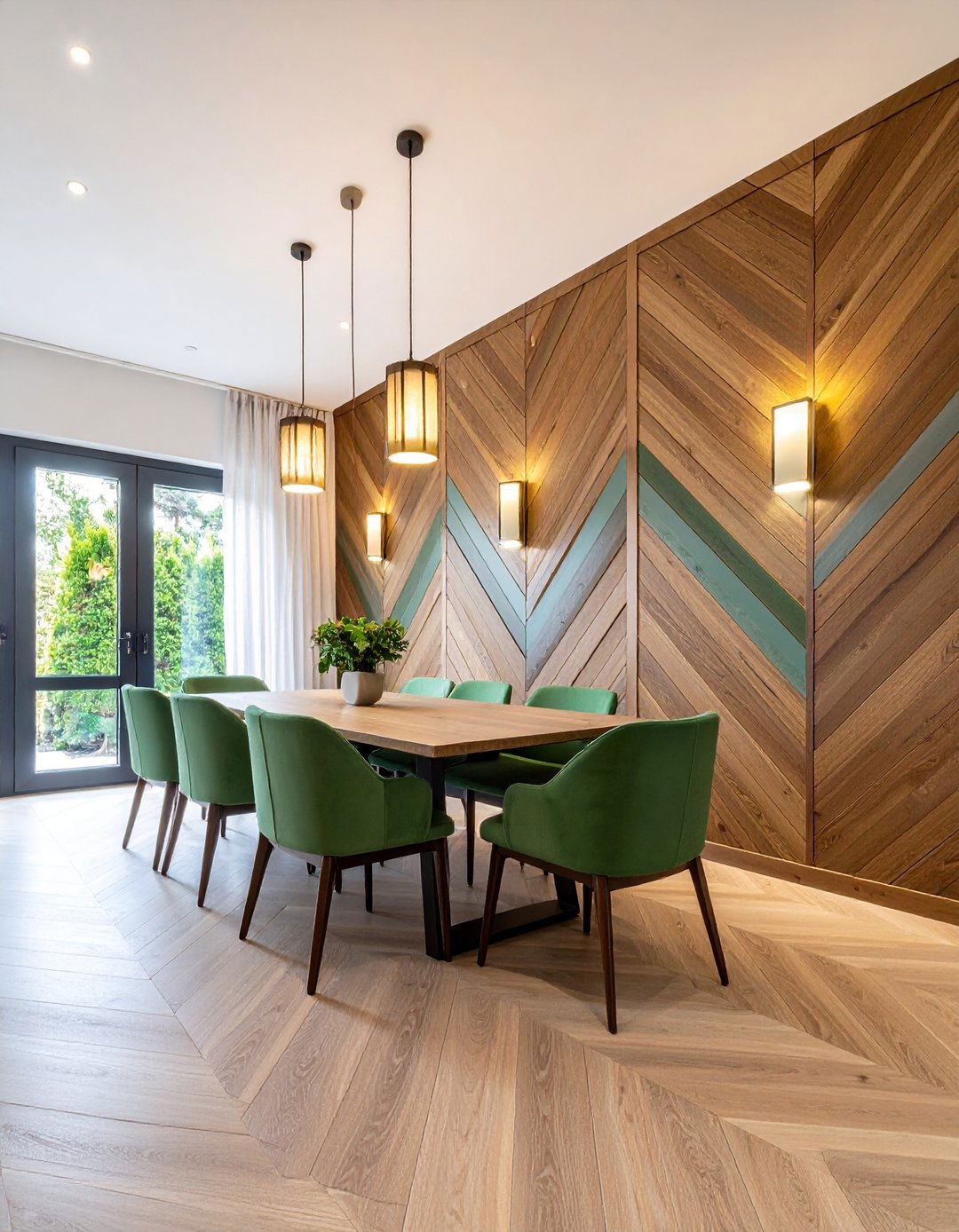
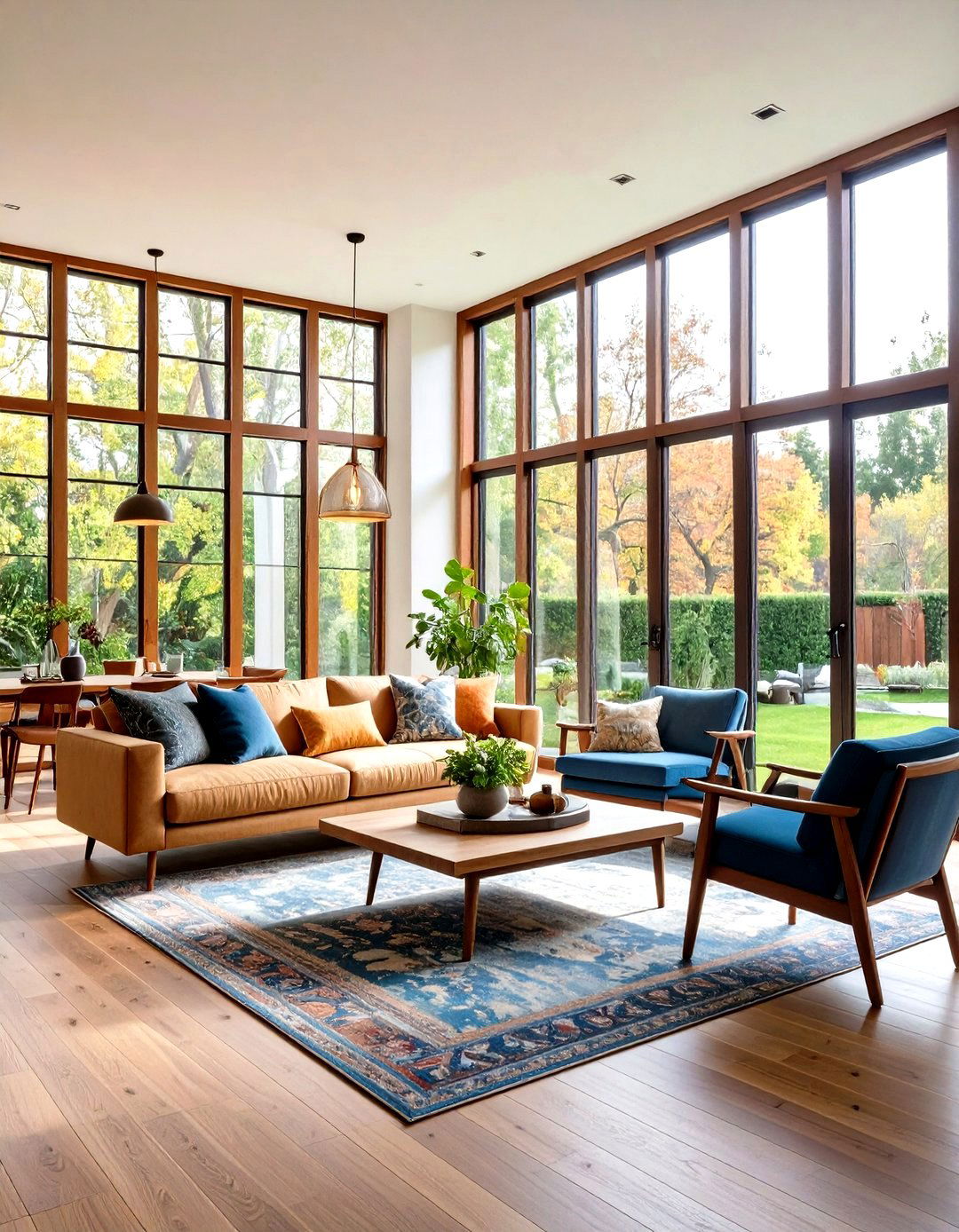
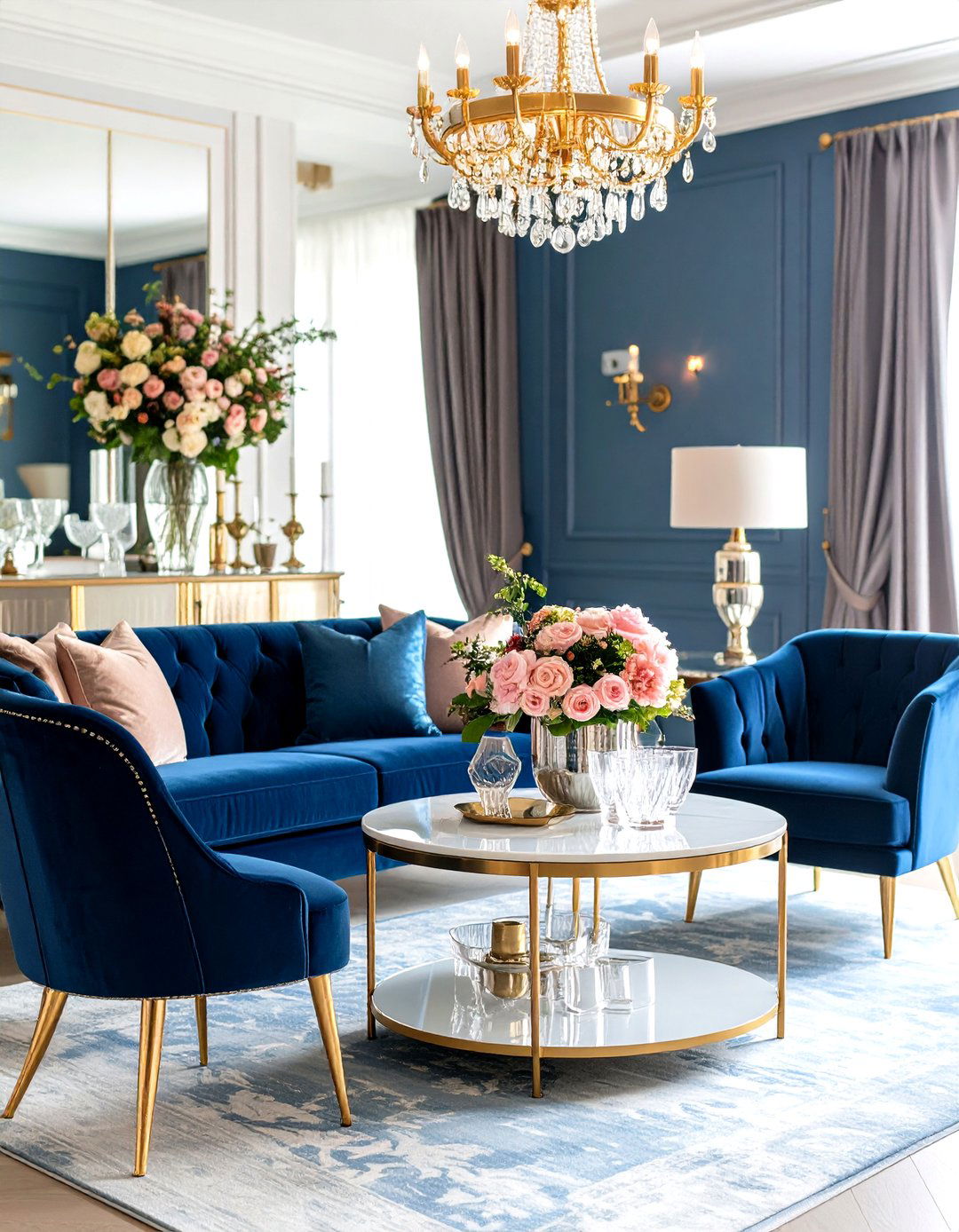
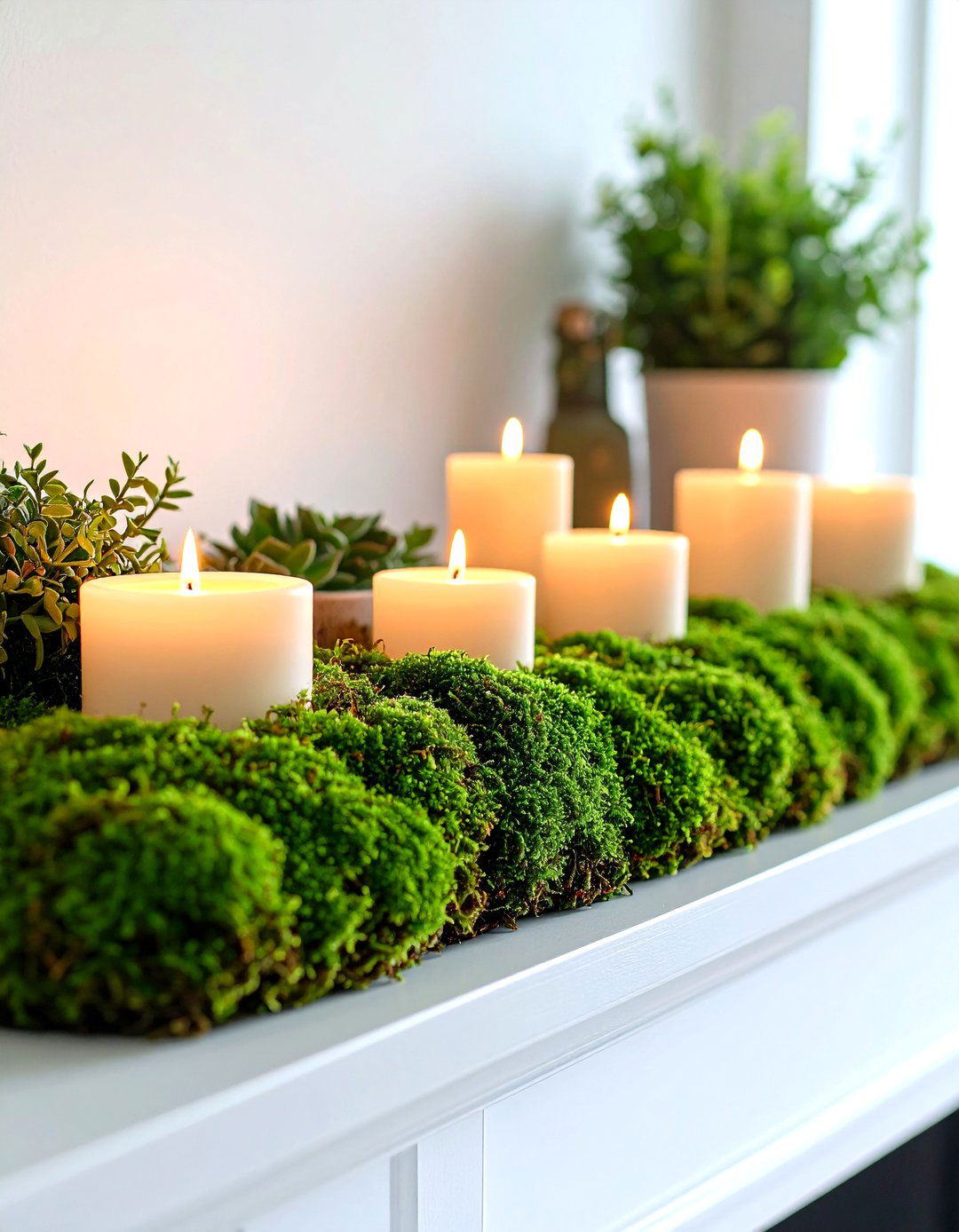

Leave a Reply